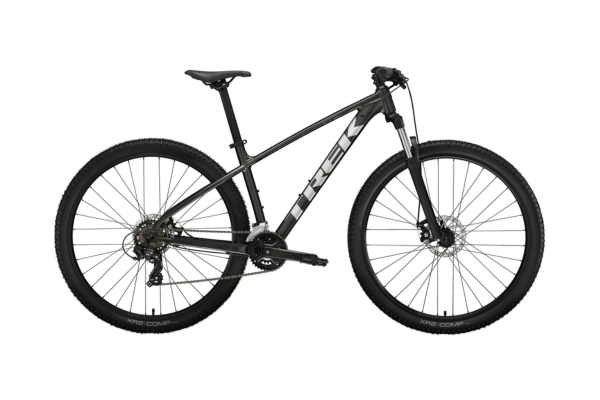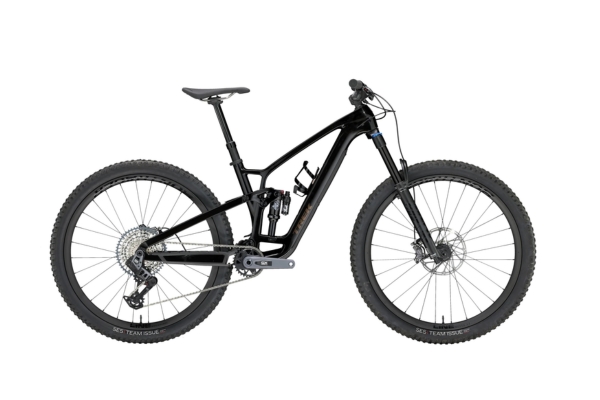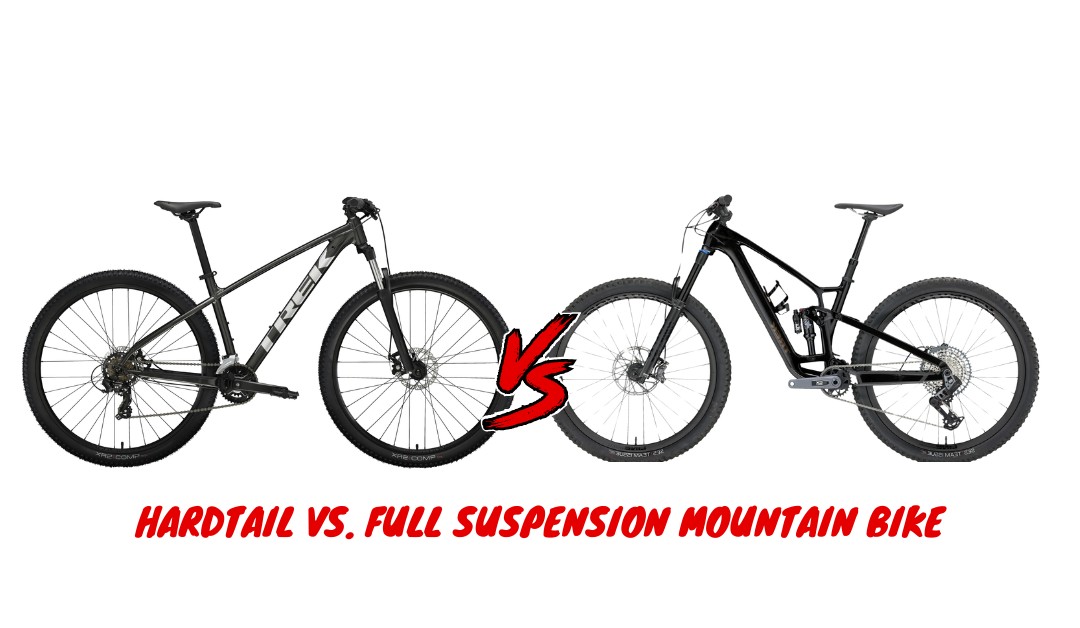Hardtail Vs. Full Suspension Mountain Bike: Which is Best for Climbing?
It’s often said that XC is the best place to start when people first venture into the world of riding mountain bikes. You might dabble in a bit of racing; you might even just go out for big, long rides. And for a long time, it’s often been said that it’s the best place for learning and the most easily accessible place to start.
But now, whether you’re a seasoned pro or you’re looking to get a bike for the first time, get into it. What will you choose between a hardtail or a full-sus mountain bike?
I’m going to put the details about the hardtail vs. full suspension mountain bike as well, to hopefully help you out there make a more informed decision when it comes to buying your next bike.
Contents
The Bikes
Hardtail Mountain Bike

In the hardtail bikes it has
- A large nick-proof scout and its 65-degree head angle.
- A 450-millimetre reach.
- 1202 millimetre wheelbase.
- The chain stays at 440 millimetres.
- This is a 150-ml upfront travel bike.
Full Suspension Mountain Bike

In the full-sus corner, there’s
- Canyon spectral 29 in a medium.
- The reach is 455 ml in a medium size.
- The wheelbase is 1226 mL..
- The stay is 440 ml.
- The head angle is 64 degrees.
One of the biggest geometry differences in climbing is the seat tube angle. On a full suspension seat tube, it’s a modern, steeper kind of 76 degrees; on other bits on this bike, it’s 150 mm on the rear.
The Weight
I think when it comes to climbing, everyone sort of jumps to the bike’s weight. Everyone thinks that I’m going uphill; I need the lightest bike possible.
So how much does a hardtail bike weigh? It’s nearly 13.3 kg. This mountain bike is not exactly stock, but it’s similar to stock.
On the other hand, a full suspension can weigh 10.9–11 kg.
Traction
The ability to absorb bumps uses a bit of the rear axle path. Keep the tyre in contact with the ground; that’s really noticeable.
Once you get up some pace, and if you are climbing so vigorously, it gets a bit stuttery. If you are climbing over the roots, the back of the hardtail is going to skip and jump. Your pedals might sort of skip in their rotation slightly as well.
This is called the track, where the wheels stay glued to the ground a little bit more. That means you are always able to get the power down properly, especially when it gets rougher.
Weight: Does It Matter?
So how much extra weight are you adding to the rear suspension? I did a little market research on a few different mountain bike brand websites, looking at a specific price point and specific use cases of bikes to see how much that shocks and pivots. Actually, for cross country, maybe you’d get an air shock, a flex day, and not too much extra hardware.
It could be as little as 500 grammes, and for all of that rear travel, if you look at some kind of national atistics, the average w weight of a person, their shoes, and everything else, maybe water bottles, spares, and combined system ight, It could be 100 kg as a sort of reasonable median estimate. An extra 1% is probably one kg in your bike’s overall system. It’s actually a pretty small amount.
Ok! We’re talking about heavier and lighter bikes for climbing, and I did a little bit about how much extra energy that actually takes if your bike is slightly heavier. This is very simplified; there’s a lot more aspects than anything you talk about in physics, like friction, rolling, resistance, aerodynamics, and the and the stiffness of your frame.
When we’re climbing, the main force that we’re trying to overcome is the force of gravity, which is governed by how heavy the planet is. The most important thing that we need to remember is that the amount of energy that we give to raise something to a particular height is characterised by something called gravitational potential energy.
Efficiency
The main reason I think people are mostly intrigued and interested in hardtails is the power efficiency and transfer through the pedals. There’s a reason everyone chooses these kinds of bikes: they’re more indicative. The general public rides that bike, which is so aggressive. But hardtails are a bit more affordable. You can clean and freshen them anywhere.
A full-suspension mountain bike has a longer travel trail. It’s kind of what can be seen the most at trail centres in the UK.
Hardtail Vs. Full Sus
When it comes down to hardtail versus full-suspension mountain bikes, you could make the whole cross-country comparison. Because of that route, cross-country bikes are incredibly light and designed to be efficient regardless.
So even if you bang the lockout on a full-suspension XC bike, it doesn’t weigh much more than a hardtail.
Why Would You Choose a Hardtail Over a Full Suspension?
Hardtails are different kinds, like civello, milanvada, etc. If someone rides the new Civello Full Sus cross country bike, on the short track, he will get rid of the shock and put in a cast piece of metal to lock out the back. There are some rules that didn’t save anyone; they didn’t make the bike lighter, but they just made it more efficient.
There is no bob, no power loss through bouncing ups and downs on the pedals, regardless of a lockout or anything like that. It purely made the mountain bike as stiff as possible and therefore accelerated as quickly as possible.
Further Reading:
Mountain Bike Pump VS. Road Bike Pump
Final Verdict
After having a discussion above, I can say that when you are looking for efficiency, the hardtail mountain bike is almost matched. It goes to show that a global bike brand like cevallo can place that efficiency over bounce. But if you want other features like weight, wheelbase, seat, etc., then you can go for the full suspension.
Hopefully, the discussion about hardtail vs. full-suspension mountain bikes will help you find the right one for you.


